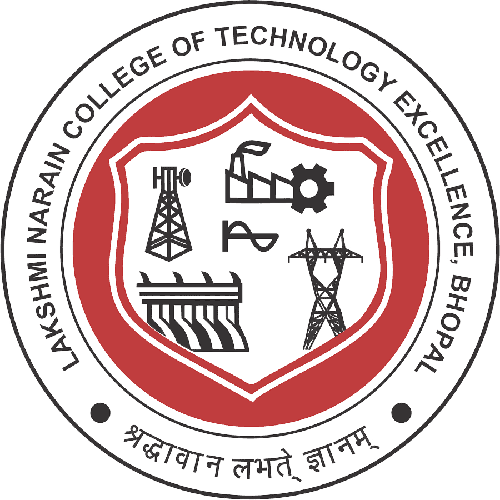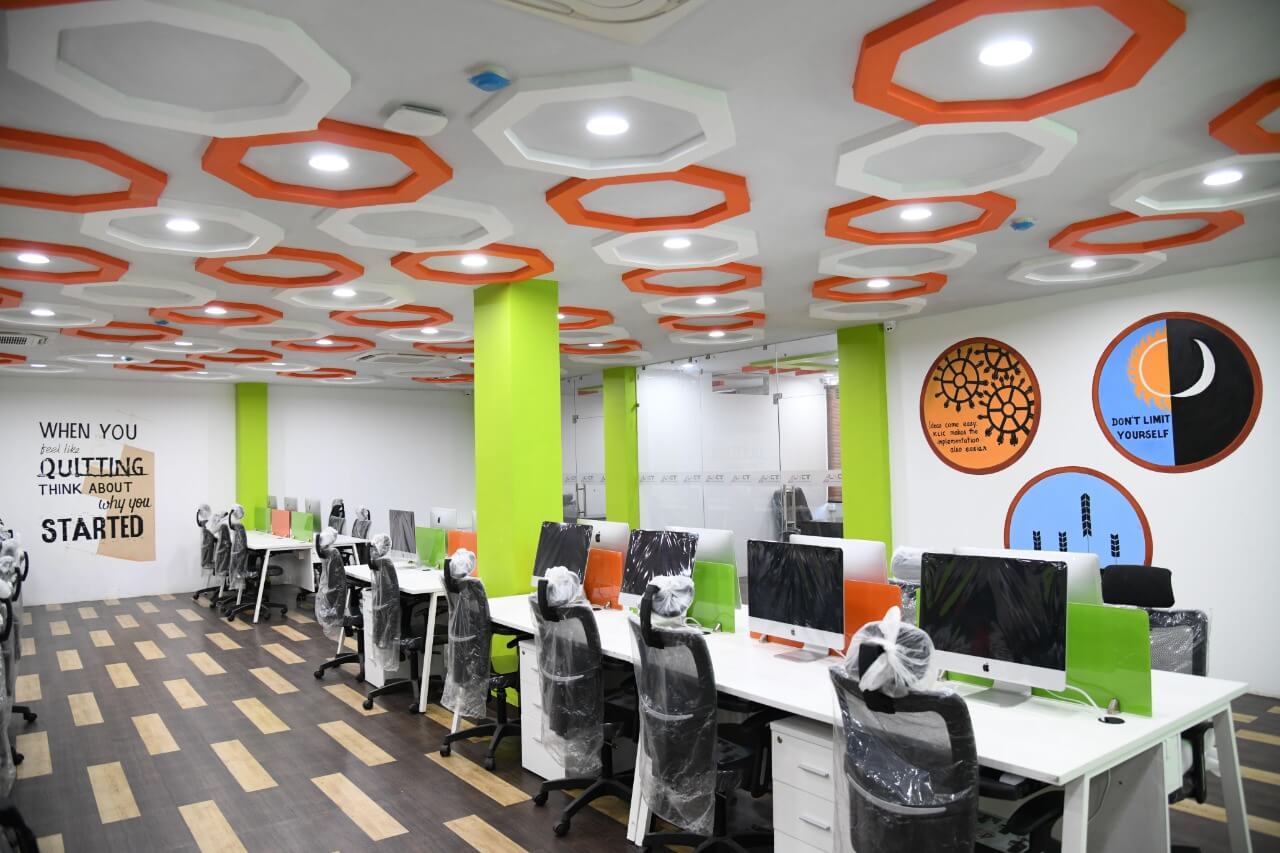Reach Us
Khajuri Khurd, Raisen Road, Bhopal-462022 (M.P).
Contact
- info@lncte.in
- 0755-6185353
Quick Links
Copyright © 2022 LNCT Excellence | Powered by LNCT Group of Colleges

LNCTE – Developing this institute into a center of excellence in the country with global standards

1.1.2 Percentage of fulltime teachers participating in BoS /Academic Council of Universities during the last five years.
1.2.1.1 Number of courses offered across all programmes during the last five years
1.2.1 Key Indicator – 1.2 Academic Flexibility (30)
1.2.2 Average percentage of students enrolled in subject-related Certificate/Diploma programs/Add-on programs as against the total number of students during the last five
1.3.2 (QnM) Number of value-added courses imparting transferable and life skills offered during the last five years
1.3.3 (QnM) Average percentage of students enrolled in the value-added courses during the last five years
1.3.4
1.4.1 Key Indicator – 1.4 Feedback System
1.4.2 (QnM) Feedback on curricula and syllabi obtained from stakeholders is processed in terms of

Access to hospital facilities gives student hands-on training.

world-class facilities with courts for tennis, soccer & squash, gym

Laboratories give students the opportunity for practical experience.

Innovation Center facilitates multi-disciplinary research.

Libraries give students access to study resources, digital and print.

Student hostels are their homes away from homes.
Khajuri Khurd, Raisen Road, Bhopal-462022 (M.P).
Copyright © 2022 LNCT Excellence | Powered by LNCT Group of Colleges